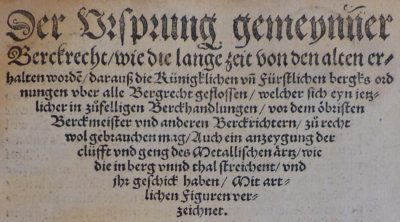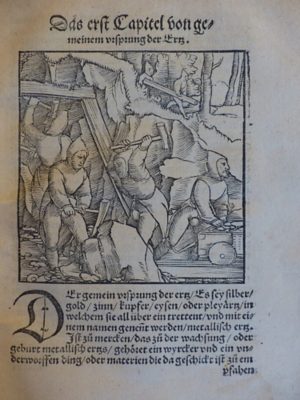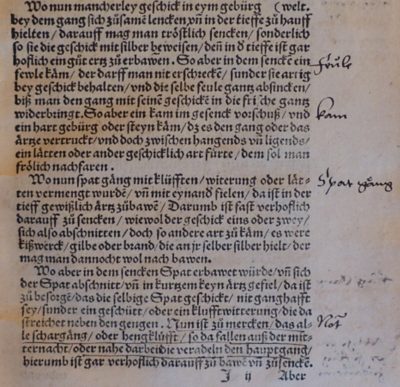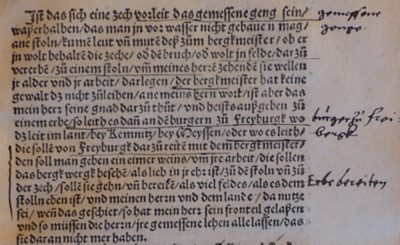Johann Haselberg: Der Vrsprung gemeynner Berckrecht, wie die lange Zeit von den alten erhalten worde[n], darauß die Künigklichen vn[d] Fürstlichen bergks ordnungen vber alle Bergrecht geflossen [...]. (Strassburg 1535).
published February 2017
The favorite book of Franziska Neumann
Franziska Neumann was our scholar-in-residence in June 2016. She had the opportunity to engage in intensive research in the Iron Library's excellent collection of early modern books on mining. As her favorite book she chose an edition of legal texts on mining that the early modern jack-of-all-trades Johann Haselberg compiled in the 1530s and which was sold in large numbers.
&crop=(0,95,996,712))



